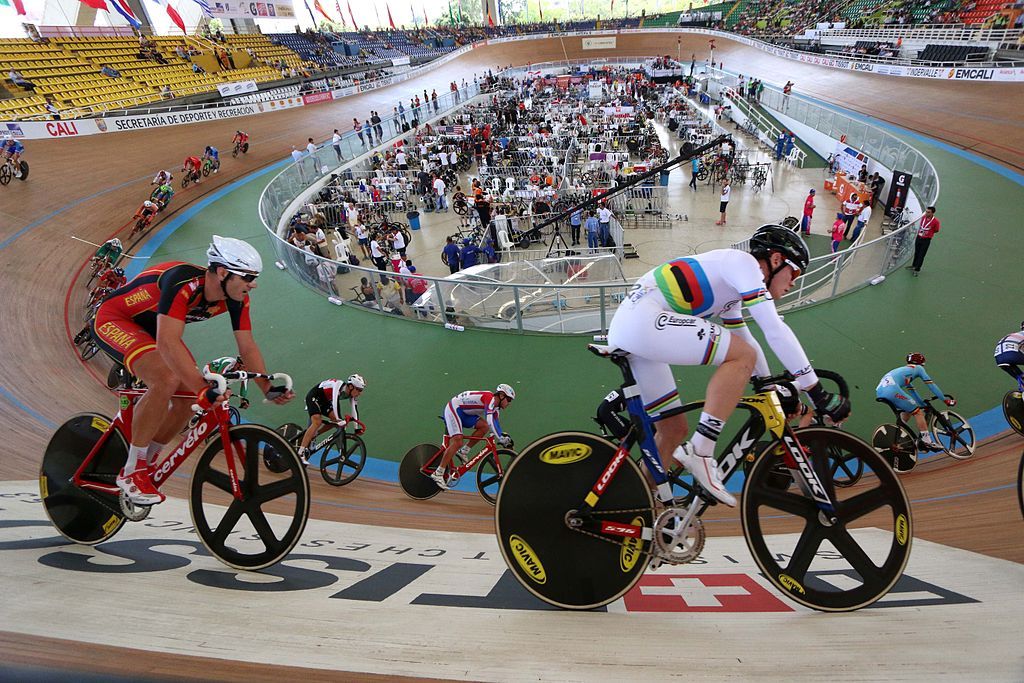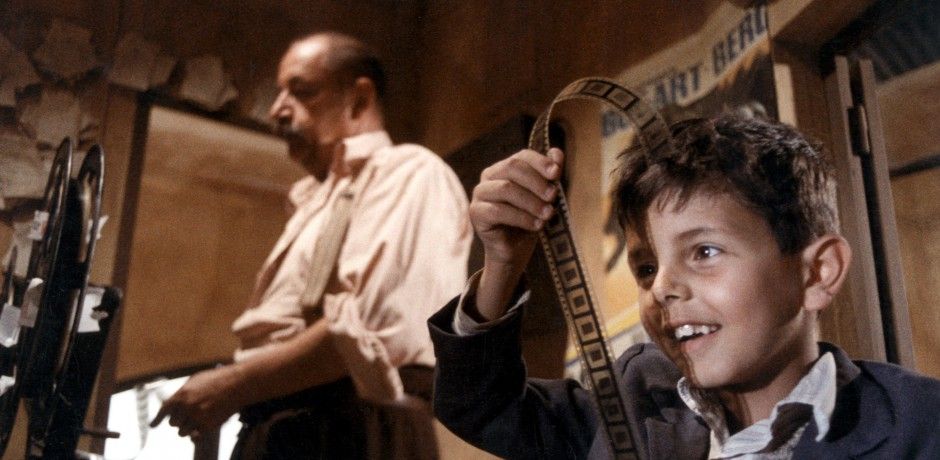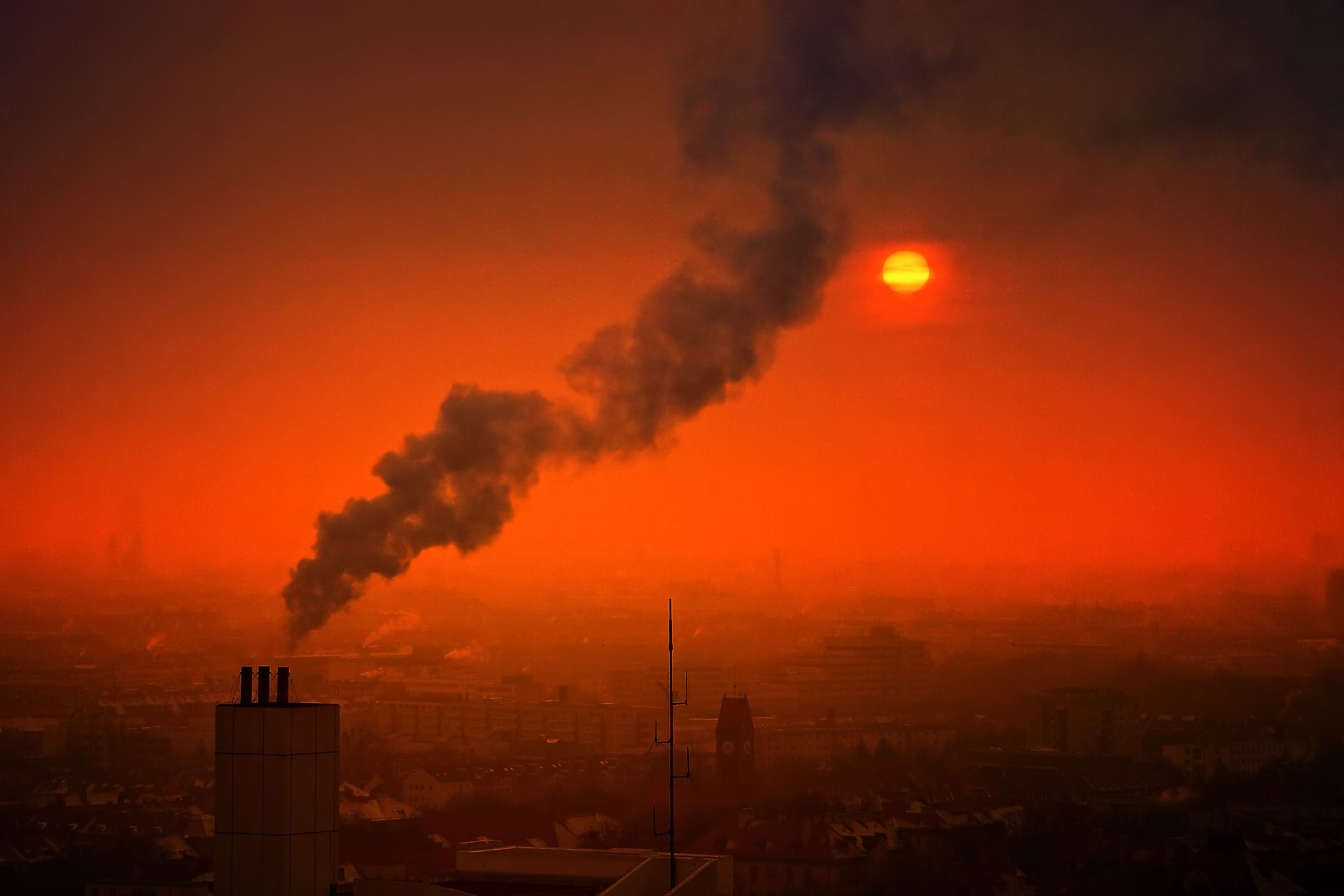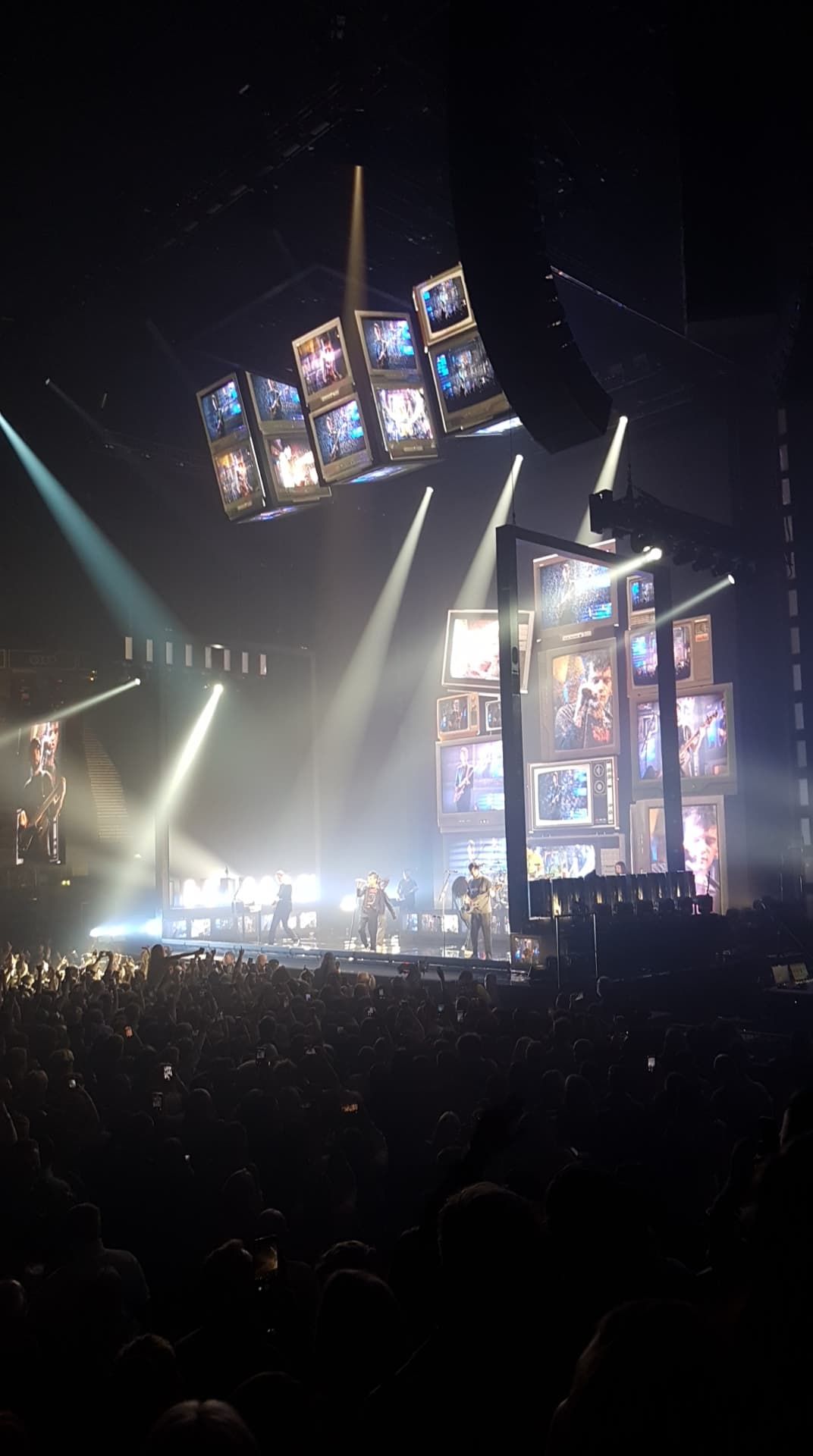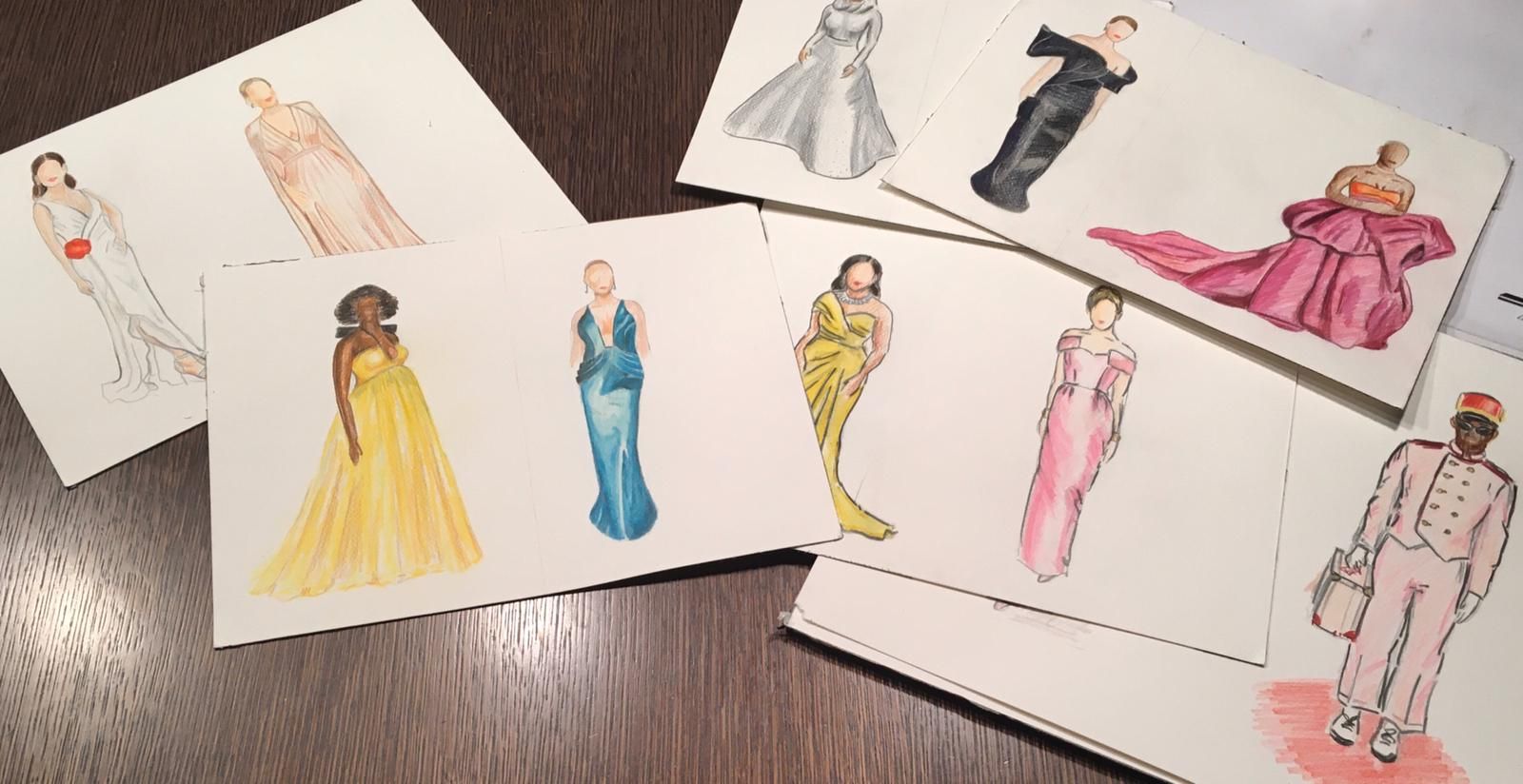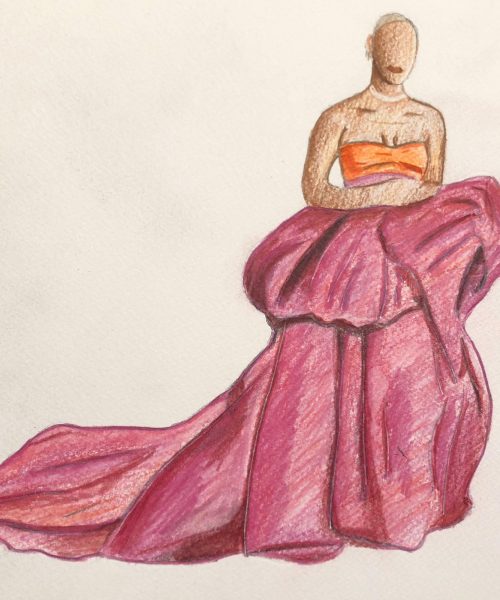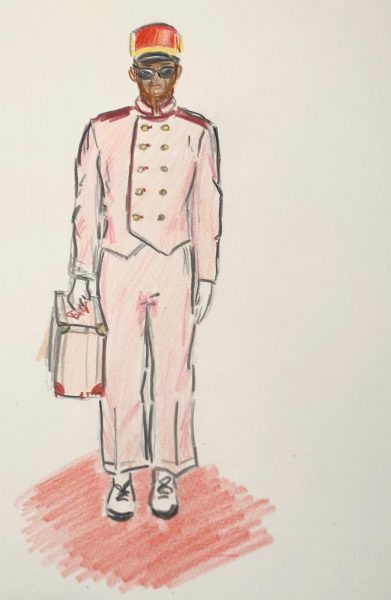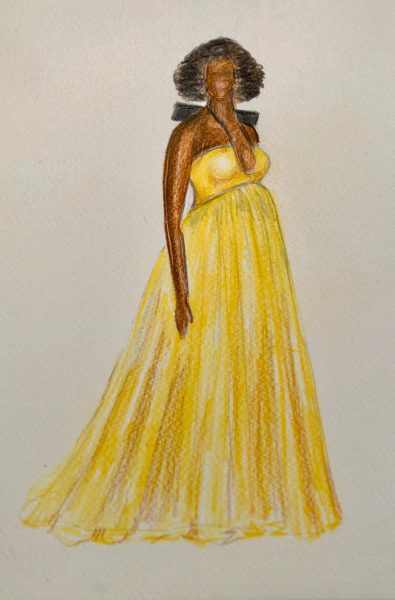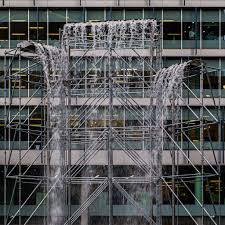UCU strikes and the impact on student wellbeing
In the midst of the ongoing University and College Union (UCU) strike action, which culminates in a week-long walkout beginning Monday the 9th of March, student wellbeing is being affected in a variety of ways. Whilst I recognise the importance of the strikes as an urgent measure to oppose universities’ failure to significantly improve pay, equality, job security, and the workload for academics and tutors across the country, it is necessary to voice the consequences for student wellbeing that may be experienced during strike action.
As a result of strike action classes, have been cancelled and some students’ timetables have been considerably reduced with certain areas of course content being compromised, which is a critical issue for final years in particular. Structured day-to-day routines have been obliterated, which can lead to a decline in productivity and motivation to finish assignments with limited support on hand. As well as this, some students may experience a considerable decrease in chances for social interaction caused by a lack of lectures.
Obviously, this will vary depending on the student and how much they see their lectures as a way to interact with friends and peers, valuing this side of their time on campus knowingly or not. It is safe to say that conversation with others can become minimal on days of high workload, and scheduled classes may be the only opportunity to chat to somebody all day. Our sole companion to carry us through a day of a non-existent timetable might just be our laptop and notebook. The human interaction we can gain from attending lectures is an easy way to boost our mood and break up days of isolated self-study. Sometimes, at the height of academic demands – as we balance the forever difficult triangle of work, sleep, and a social life – lectures can serve as an effortless pre-arranged social meeting, providing an opportunity for the most trivial of conversations, whether our course mates are simply acquaintances or close friends.
Our wellbeing can be connected to the amount of social interaction that we experience on a day-to-day basis. Psychologist Emma Seppälä for TedX stresses the importance of even the most minimal greeting and acknowledgement leading to greater psychological wellbeing. Catching up with classmates or engaging in small talk before or after lectures is one way to boost our mood and to give us a sense of community and belonging when studying can become quite isolating.
Psychology professors Gilian Sandstrom and Elizabeth Dunn carried out an academic study on the relation between casual social interaction and individual wellbeing. Their experiment focused on people interacting with a Starbucks barista, instigating a small conversation much like the social interaction that can be gained in the lecture theatre with those around us. Sometimes we crave a little small talk when hunched over our books in the library or bundled up in blankets studying at home. Sandstrom and Dunn’s experiment on members of the public seeking human connection in Starbucks showed that even “trivial social experiences can shape belonging and wellbeing”. Those that might rely on human interaction at lectures for their daily dose of connectivity may then struggle with navigating their many lecture-free days during the strikes.
The upheaval of strike action doesn’t make the often stressful reality of student life any easier. Tom Cannon for Redbrick Research in 2017 identified the significant difficulties and stresses that students experience on a regular basis. Academic studies are balanced with social relationships, finances, the pressures of social media, and pursuits to boost prospects of entering the increasingly competitive job market. This is without the additional struggles of navigating the strikes and their accompanying sense of purpose and studies feeling a little ‘up in the air’ – we are here to gain an education after all.
At this critical point in the university year, with ever-increasing workloads and impending assessment deadlines, I stand in solidarity with lecturers, but I also advocate support and recognition by institutions towards their students at this time. All members of the lecture theatre, academics, and students alike need and deserve greater consideration in a multitude of ways. As students, let’s look out for each other, no matter the current degree of timetable fragmentation. Some may be feeling the effects of the strike more than others, not just on the academic side of life, but on the social side too.


